Folklife
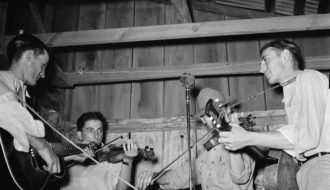
Cajun Folklife
Cajun folklife is a field of study that describes, catalogs, and deciphers meaning within the vernacular culture of Acadian refugees who settled in Louisiana.

Cajun folklife is a field of study that describes, catalogs, and deciphers meaning within the vernacular culture of Acadian refugees who settled in Louisiana.
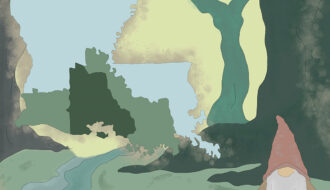
Cajun Folktales are heavily influenced by French, West African, Caribbean, Acadian, German, and American South oral traditions.
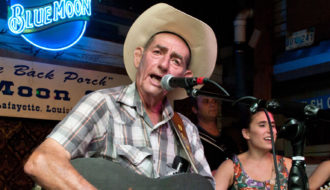
Cajun music is a genre that arose in southwestern Louisiana from the Francophone folk music traditions of the Acadians.

Louisiana’s Cajun music has been influenced by a rich blend of musical traditions.
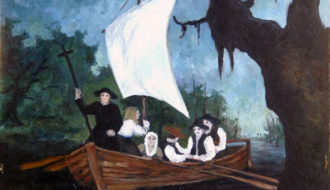
Cajuns are the descendants of Acadian exiles from what are now the maritime provinces of Canada–Nova Scotia, New Brunswick, and Prince Edward Island–who migrated to southern Louisiana.

Acadians, Cajuns, and their history became part of American literature, often represented through romantic myth.
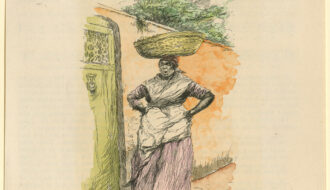
Fried rice cakes known as calas were once ubiquitous among New Orleans street vendors.
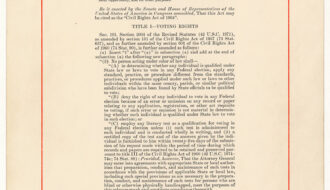
A lawsuit filed by a man against his employer resulted in a ruling establishing Cajuns as a federally recognized ethnic group.
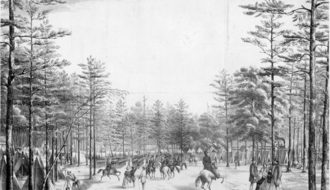
Camp Moore in Louisiana served as the training location for more than 20,000 Confederate soldiers during the Civil War.
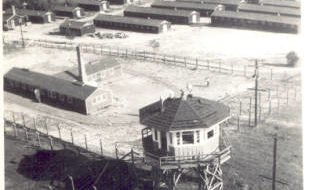
Camp Ruston was one of five large internment facilities established in Louisiana to house captured Axis soldiers transported to the United States during World War II.
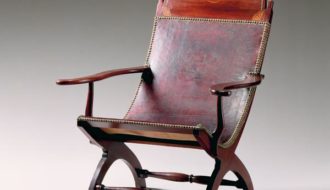
The Campeche chair, a leather or caned sling seat supported by a non-folding cross-frame, was in widespread use in the United States and New Spain in the first half of the nineteenth century.

Located along the Mississippi River in southeast Louisiana, Cancer Alley is home to the highest concentration of heavy industry in the United States, with residents reporting high rates of cancer, heart disease, respiratory illnesses, and autoimmune disease.
One-Year Subscription (4 issues) : $25.00
Two-Year Subscription (8 issues) : $40.00
